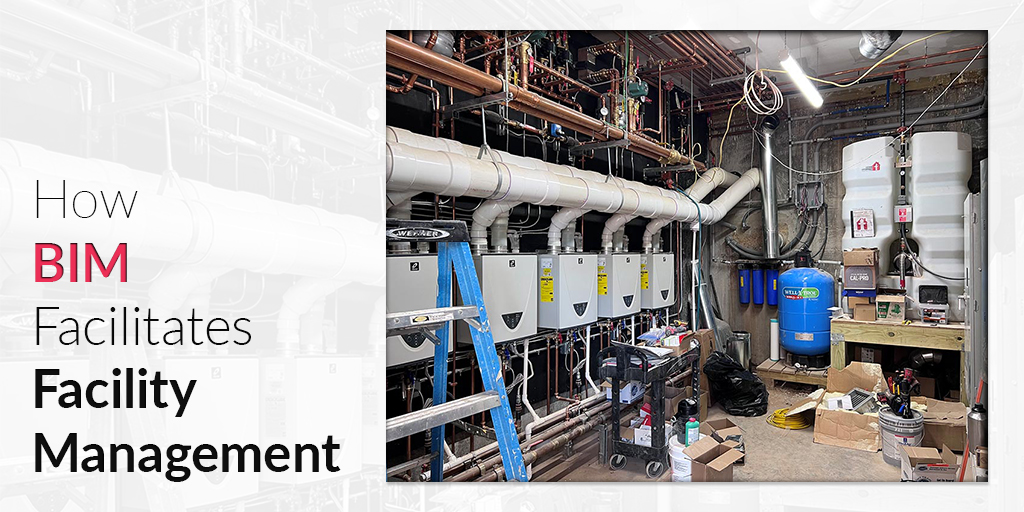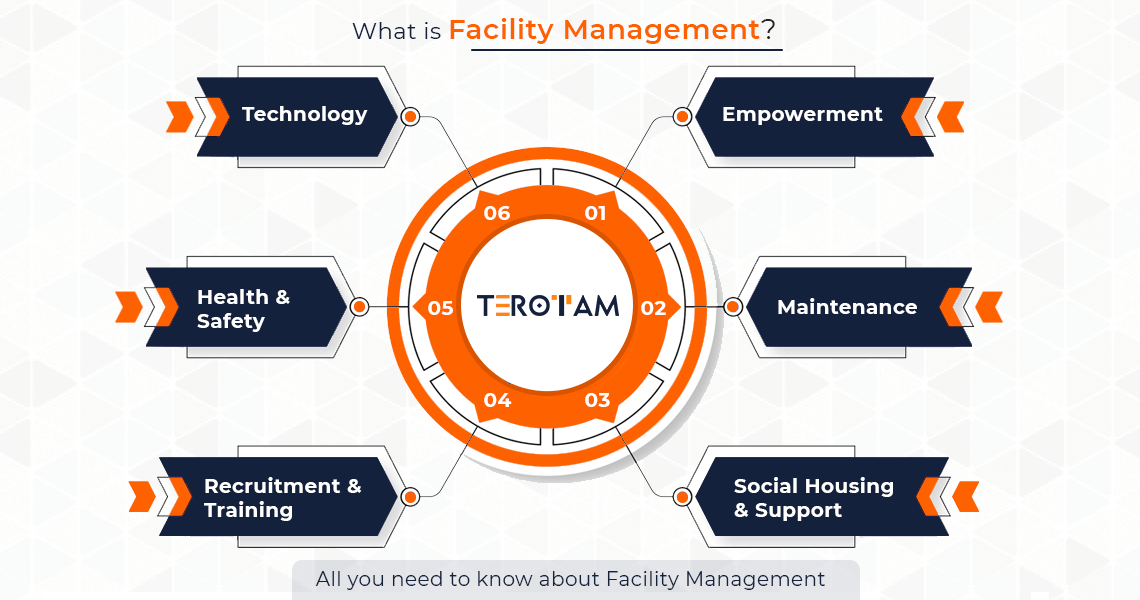Secret Patterns Forming the Future of Facility Administration in 2024
As we look in advance to 2024, the landscape of center management is positioned for significant improvement, driven by several key patterns. The combination of smart structure technologies and a shift towards data-driven decision-making promise to improve functional efficiency while focusing on sustainability in practice.
Smart Structure Technologies

Smart structure modern technologies incorporate a large selection of systems, including smart lights, heating and cooling controls, and safety systems. By integrating these systems, facility supervisors can keep an eye on and readjust specifications in real-time, bring about considerable reductions in power waste and functional costs. For example, wise sensors can spot occupancy degrees and adjust lights and temperature accordingly, making certain that energy is just utilized when necessary.
Additionally, these technologies assist in enhanced information collection, allowing organizations to track use patterns and identify possibilities for further enhancements. The implementation of wise structure technologies not just adds to sustainability goals however also develops healthier job atmospheres that can improve worker efficiency and fulfillment.
As we relocate into 2024, the adoption of clever building innovations will likely speed up, reflecting a wider change in the direction of more intelligent, responsive, and sustainable facility administration techniques.
Data-Driven Decision Making
Progressively, companies are leveraging data-driven decision making to boost facility monitoring techniques. By harnessing data analytics, center managers can acquire workable understandings that considerably enhance operational effectiveness and source allocation. The assimilation of innovative innovations, such as IoT sensing units and real-time monitoring systems, makes it possible for the collection of huge amounts of data on structure performance, occupancy rates, and energy intake.
This riches of info allows facility managers to recognize fads, anticipate maintenance demands, and proactively address issues prior to they escalate. Anticipating analytics can anticipate devices failings, minimizing downtime and repair costs. Additionally, information visualization tools assist in much better communication amongst stakeholders, ensuring that educated choices are made collaboratively.
Moreover, data-driven approaches enhance strategic preparation by making it possible for facility managers to analyze the effectiveness of existing practices and make notified options concerning investments in innovation or framework. As organizations significantly focus on operational excellence, data-driven decision production is positioned to become a cornerstone of effective facility administration techniques in 2024 and past. Inevitably, the capacity to utilize information effectively will empower organizations to develop more effective, productive, and durable centers.
Sustainability and Green Practices
The emphasis on data-driven decision making normally straightens with the growing emphasis on sustainability and eco-friendly methods within facility monitoring. As organizations increasingly focus on ecological duty, facility managers are leveraging analytics to maximize resource use, lower waste, and lessen carbon impacts. This strategic method makes it possible for the integration of energy-efficient systems, such as LED lights, smart HVAC controls, and sustainable energy resources right into facility procedures.
Moreover, the application of lasting practices extends beyond energy usage. Center managers are promoting and adopting environmentally friendly materials recycling efforts to develop a circular economy within their facilities. This not just enhances the environmental account of basics the company but also fosters a culture of sustainability amongst employees.
Compliance with environmental laws is another vital aspect driving the adoption of green practices. By making use of information analytics, center managers can keep track of compliance metrics and determine locations for improvement, making certain adherence to worldwide and neighborhood sustainability requirements.
Hybrid Work Models
A significant change towards crossbreed work designs is improving the landscape of center administration in 2024. This standard combines remote and in-office job, demanding a reevaluation of space utilization, resource allocation, and worker interaction methods. Organizations are increasingly acknowledging the importance of versatile work areas that provide to varied requirements and preferences.
Facility supervisors should adjust by implementing functional office layouts that sustain joint initiatives while supplying areas for concentrated work. This includes the combination of innovation to promote smooth interaction and collaboration amongst remote and in-office employees. Smart building services, outfitted with sensing units and analytics, permit real-time monitoring of area use, making it possible for organizations to maximize their settings successfully.
In addition, crossbreed job versions stress the need for reliable center management that focuses on employee experience. This encompasses not just technology and area design yet also the growth of plans that advertise a well balanced work-life dynamic. As business browse this change, the role of facility management comes to be crucial in producing an active workplace that fosters productivity and drives business success. In significance, the crossbreed work version is revolutionizing center management, encouraging a proactive approach to meet the progressing needs of the labor force.
Improved Resident Wellness
As organizations welcome hybrid job designs, a heightened focus on occupant wellness is becoming indispensable to center administration techniques. Facility Management. This shift identifies that a satisfied and healthy labor force directly impacts performance and retention rates. Facility supervisors are now focusing on atmospheres that promote physical and Learn More Here psychological well-being, integrating components such as natural lights, biophilic style, and available wellness resources

Modern technology plays a crucial function in this advancement. Smart building systems can monitor ecological elements and adjust settings in real-time, making sure optimum comfort levels - Facility Management. Moreover, responses mechanisms, such as important site tenancy sensors and employee studies, permit center managers to continually fine-tune wellness initiatives based on resident requirements.

Conclusion
In 2024, the future of facility monitoring will certainly be dramatically affected by the combination of clever structure modern technologies and data-driven decision-making, cultivating enhanced operational performance. Sustainability initiatives will certainly prioritize eco-friendly techniques, while the development of crossbreed work models will certainly require versatile office styles. A heightened emphasis on resident health via innovative Cooling and heating systems and biophilic style will certainly contribute to much healthier job atmospheres. These fads jointly emphasize the advancing landscape of center administration in response to modern challenges and opportunities.
Center supervisors are adopting environment-friendly materials and advertising reusing efforts to produce a round economy within their facilities.A substantial shift towards crossbreed job models is reshaping the landscape of center monitoring in 2024.Furthermore, crossbreed job versions highlight the demand for efficient center monitoring that focuses on employee experience.As organizations embrace hybrid job designs, an increased focus on owner health is ending up being indispensable to facility management techniques.In 2024, the future of center management will be dramatically influenced by the integration of wise building modern technologies and data-driven decision-making, cultivating boosted functional efficiency.